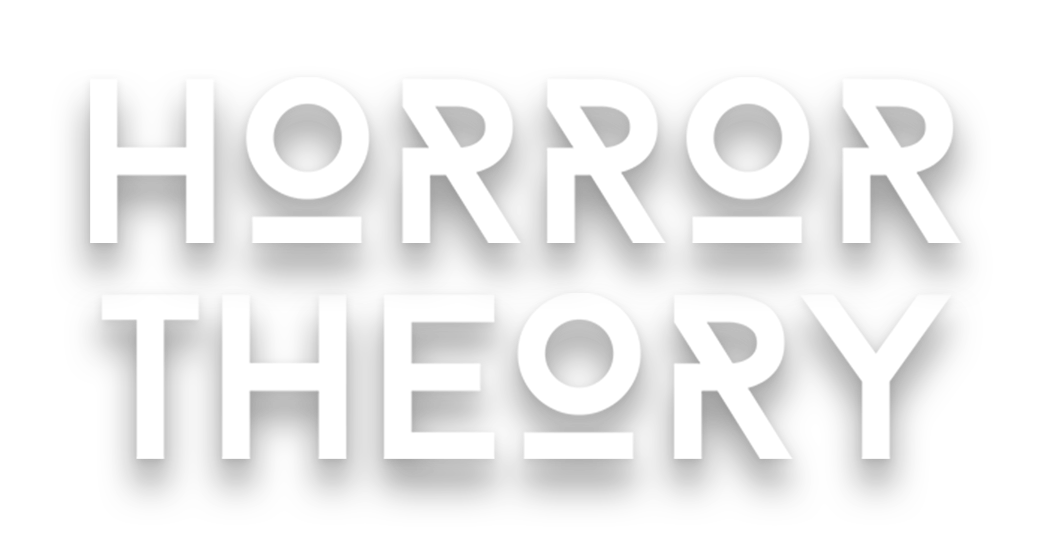Some things are best left forgotten. This of course includes Universal Picture’s disastrous attempt at creating the Dark Universe, which aimed to be a shared cinematic universe featuring reboots of classic Universal movie monsters like The Invisible Man, The Mummy, and Dracula. Things did not work out for the studio, but you could see why they were so eager to launch such an ambitious reboot of these beloved horror properties.
One single cinematic universe has dominated the box office for a little over a decade now. With a $18 billion worldwide box office gross, the Marvel Cinematic Universe remains the most successful movie franchise ever– beating out the Star Wars and Harry Potter franchises (which collectively made about the same as the Marvel Cinematic Universe so far). And that formula evidently works well in the horror genre. The two most successful horror film franchises (Alien and The Conjuring universes) both featured a similar approach to expanded world-building with branching storylines and have released new installments quite recently.
We can’t forget that the original Universal Classic Monsters, which spanned multiple genres from horror and fantasy to thrillers and sci fi, all took place in a shared universe from the 1920s to the 1950s with big monster characters like The Mummy, The Invisible Man, Dracula, and Frankenstein crossing over into each others’ feature films.
So what could go wrong in rebooting these classic monster flicks in a wider universe for a modern audience? Well a lot of things, as Universal Pictures discovered, when they tried to create the Dark Universe, which launched in 2014 with Dracula Untold (which underperformed at the box office and was critically panned) and then relaunched in 2017 with Tom Cruise-led The Mummy (which received even lower marks from critics).
Universal Pictures had developed a strategy for each movie that involved taking classic monsters, dropping them into big budget, action-oriented flicks and putting big Hollywood stars in lead roles and hinting future releases in each new movie (like how Marvel teases future releases in post-credits scenes). But when the bloated production of The Mummy released, critics noted that the acting, tone, and narrative suffered. Additionally, audiences felt that the set-ups for future Dark Universe films (Russell Crowe makes an appearance as Dr. Henry Jekyll) felt forced and unexciting.
After the back-to-back failures, the Dark Universe essentially ended. And instead Universal Pictures handed the helms over to Blumhouse for a self-contained horror film (with no mentions of a broader cinematic universe) and create a terrifying experience on a small budget. Additionally, Jason Blum’s approach to creating The Invisible Man was unique. Rather than staying faithful to the source material, he wanted to tell an entirely original story with only the source material being a very loosely-followed jumping-off point.
And it worked.
The Mummy was made on a budget between $125–195 million and eventually lost the studio as much as $95 million. The Invisible Man was made on a $7 million budget and managed to make $134.9 million at the box office during a global pandemic. And while the film was always meant to be a self-contained film, it was announced in July from The Hollywood Reporter that The Invisible Man would get a sequel.
Leigh Whannell, the writer and director of The Invisible Man, and Insidious 3, Upgrade, is working on a sequel to The Invisible Man as well as a new Wolfman re-imagining that will star Ryan Gosling and will likely take place in the same universe. Hopefully Universal Pictures uses the new opportunity to learn from the mistakes made with Dracula Untold and The Mummy to create something unique and worthwhile for horror fans.
Watch FoundFlix explain the ending of The Invisible Man in the clip below:
